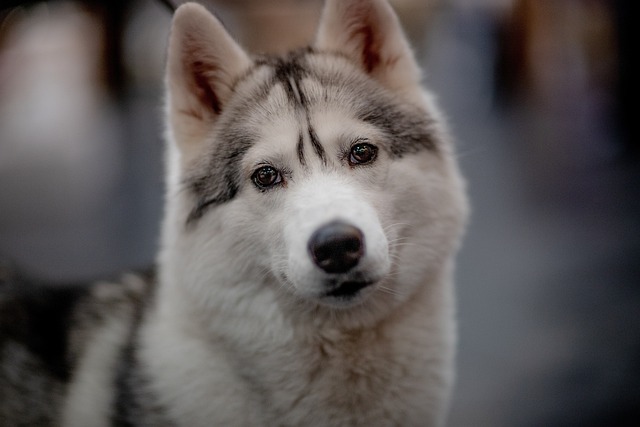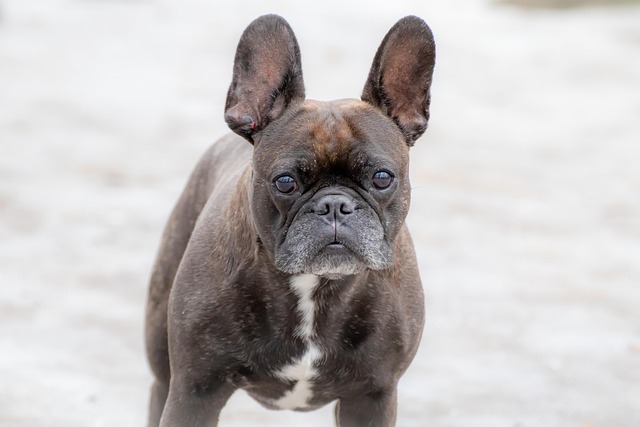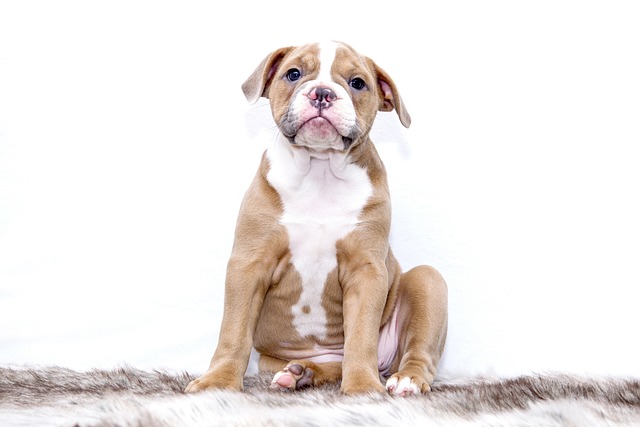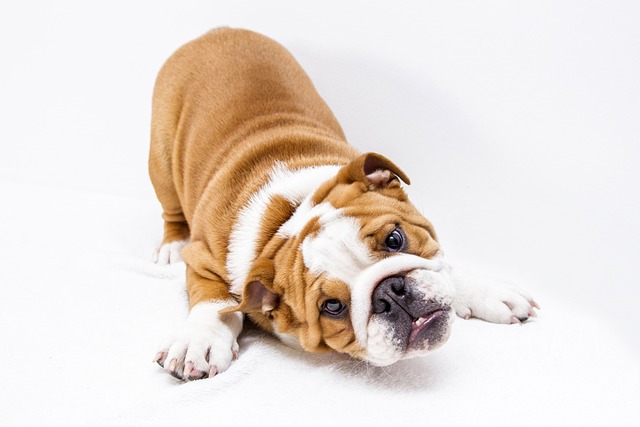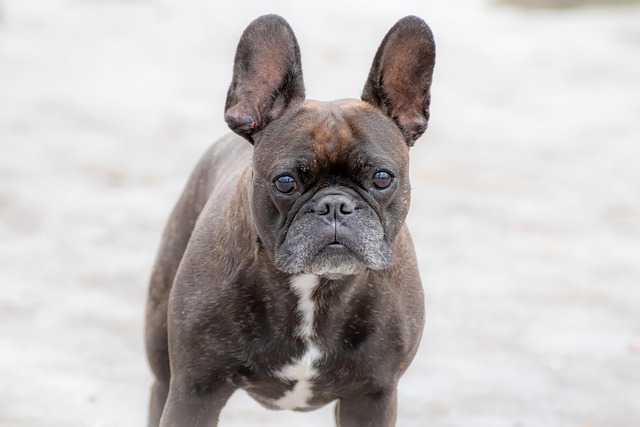If you’ve ever knelt down to wipe your dog’s paws after a walk and noticed their pads feel like rough, cracked tree bark—so thick they almost look like they’re wearing tiny gloves—you might be staring at hyperkeratosis. A new pup parent in Michigan messaged me last week, worried about her 3-year-old pointer mix: “He stops every few steps on our hikes, lifting his front paw. The vet said it’s hyperkeratosis—how do I make it better?” Hyperkeratosis happens when a dog’s body overproduces keratin, the tough protein that normally protects their paws. It’s not dangerous, but it’s uncomfortable, turning every step into a chore. With gentle, consistent care, you can soften those hard patches and get your dog back to bounding through grass without hesitation.
Let’s start with why those paws get so crusty. Keratin is like nature’s armor for paws, shielding them from hot pavement, sharp rocks, and cold snow. But sometimes, genetics (breeds like boxers, retrievers, and pugs are more prone) or environmental stress (dry winter air, scorching summer asphalt) throw things off. The body cranks out extra keratin, which dries out and hardens, forming thick, flaky layers. A 2022 study in Veterinary Dermatology found that dogs who spend lots of time on rough surfaces (like concrete city sidewalks) are 3x more likely to develop severe hyperkeratosis—so where they walk matters as much as how you treat it.
Here’s how to soften things up at home. Start with a soothing soak: Fill a shallow basin with warm (not hot) water and stir in a handful of plain, unflavored oatmeal (it’s anti-inflammatory and softens skin). Let your dog stand in it for 3-5 minutes—no need to submerge, just let the water reach their pads. My neighbor in Minnesota does this for her boxer every night before bed: “He used to pull away, but now he waits by the basin—he likes the warm water on his cold paws.” After soaking, pat the paws dry with a soft towel, then use a rubber curry comb (the kind with gentle nubs) to gently loosen flaky bits. Never pick or cut at the crust—you could nick tender skin underneath, leading to infection.
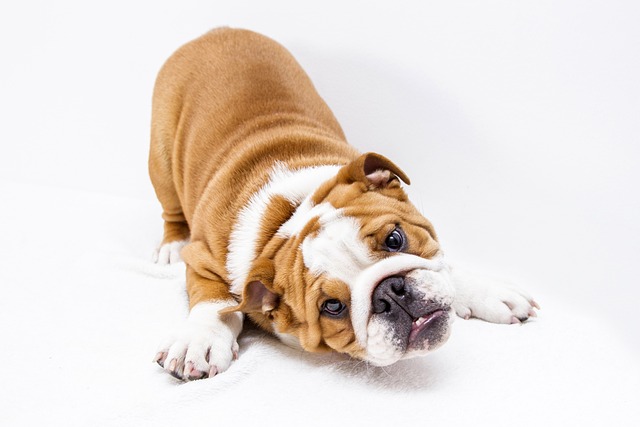
Next, lock in moisture with a paw-specific balm. Skip human lotions (they often have fragrances that irritate) and go for dog-safe formulas like PawFlex or Natural Dog Company. These are wax-based, so they create a protective barrier while softening keratin. Warm a pea-sized amount between your fingers, then massage it into each pad—focus on the thickest areas. A friend in Arizona swears by shea butter (unscented, food-grade) for her lab: “It’s safe if he licks it, and after a week, his paws went from ‘sandpaper’ to ‘soft enough to pet.’” Apply it after walks or before bed, when they’re calm.
Turning this into a positive routine is key. Dogs hate feeling restrained, so pair paw care with their favorite treats. Start with 1-minute sessions: Offer a tiny piece of freeze-dried liver while you touch their paw, then praise them like they just won a prize. If they pull back, stop—no scolding. A rescue dog I worked with in Boston used to flinch when anyone touched his paws; we spent two weeks doing “paw touches” with cheese rewards, and now he sits still, tail thumping, while we apply balm. Stress makes hyperkeratosis worse, so patience beats pressure every time.
Let’s tie this to real-world rules. Legally, keeping your dog’s rabies vaccine current (required in all U.S. states) supports overall skin health—strong immune systems handle keratin overproduction better. When walking, avoid hot pavement (test it with your palm; if it’s too hot for you, it’s too hot for them) and carry poop bags everywhere (fines for forgetting hit $150 in Philadelphia, even if your dog’s paws are bothering them). In apartments, put down soft rugs near doorways—cold, hard floors dry out paws faster. If you use ice melt in winter, wipe paws immediately after walks—chemicals in melt worsen hyperkeratosis.
Know when to call the vet: If the crust cracks and bleeds, or if your dog limps constantly, it might need medicated balm or professional trimming. But for most cases, consistent at-home care works. Within a month, you’ll notice softer paws—and a dog who runs to the door for walks, not hesitating at the threshold.
